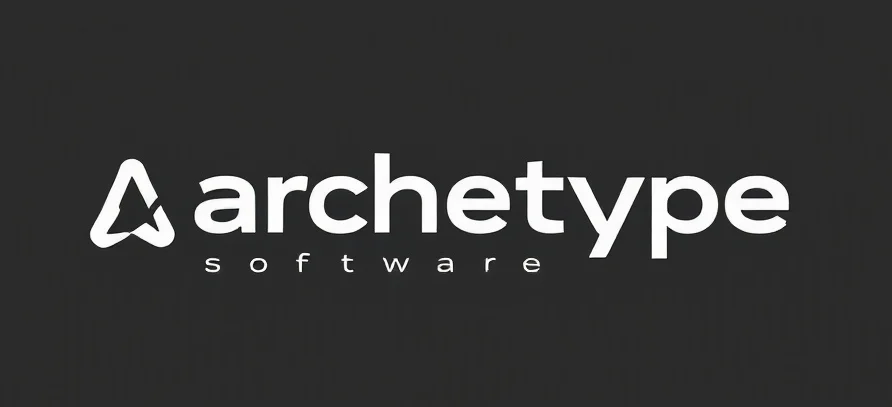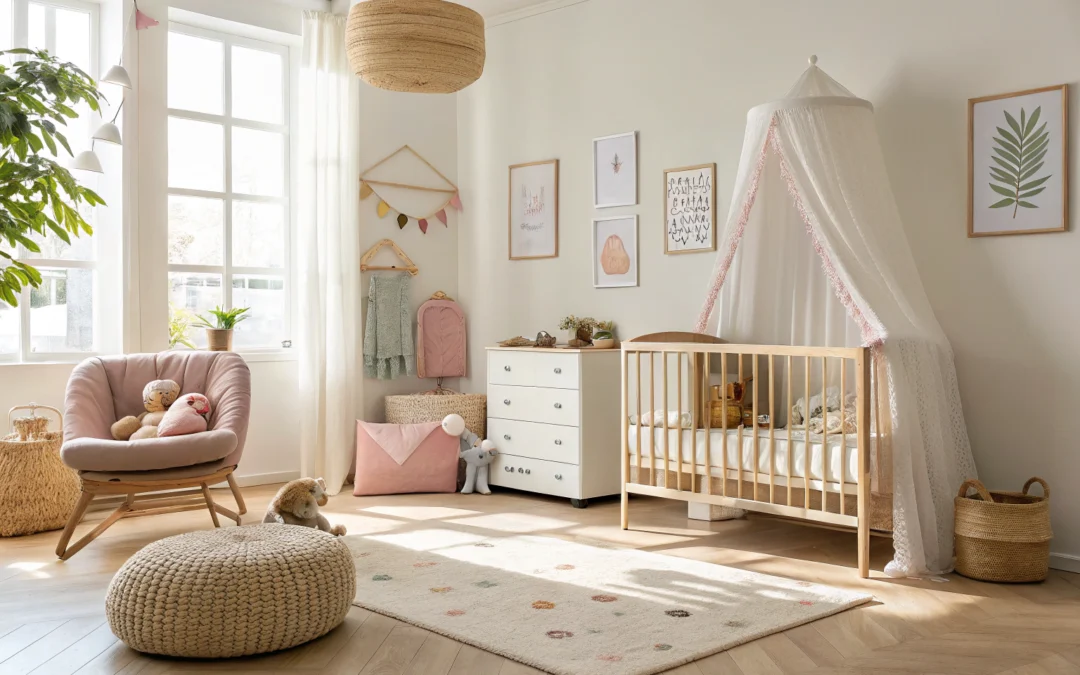The Comfort Chronicles: How the Blanket Teddy Became a Childhood Hero
Imagine a world where a simple object can become a steadfast companion through childhood’s rollercoaster of emotions—a comforting friend during restless nights, a silent witness to whispered secrets, and a trusty sidekick in every adventure. That’s exactly what the blanket teddy embodies. It’s not just a plush toy or a piece of fabric; it’s a storytelling artifact, a vessel of security and nostalgia that speaks to something deep within us all.
The Origins of a Childhood Classic
Let’s rewind a bit and dive into the origin story of the blanket teddy. Picture this: a soft, cuddly teddy bear seamlessly integrated with a small, comforting blanket. It’s a design born from the simple need for warmth and reassurance. But more than that, it’s a symbol of trust. The blanket teddy isn’t just about physical comfort—it’s about emotional anchoring.
Parents and caregivers have long understood that children crave consistency and familiarity in a world that often feels unpredictable. Enter the blanket teddy, which quietly fills that role with grace. It’s the first hero in many kids’ early narratives, a character who never judges, never leaves, and always listens.
Why Do We Love the Blanket Teddy? The Science and the Story
Okay, let’s get a little sci-fi for a moment—and by sci-fi, I mean the science behind the magic. The blanket teddy taps into attachment theory, a psychological framework that explains how early bonds shape our sense of security. When a child clings to their blanket teddy, they’re not just holding onto a toy; they’re holding onto a feeling of safety that helps them brave new experiences.
Think of it like a beacon in the starry expanse of childhood uncertainty. Just as Captain Kirk might rely on his trusted crew and gadgets to explore the unknown, a child relies on their blanket teddy to navigate the mysteries of sleep, social interaction, and growth.
From Nursery to Narrative: The Blanket Teddy as a Storytelling Device
Here’s where the narrative magic truly unfolds. The blanket teddy is more than comfort—it’s a catalyst for imagination. Every crease in the fabric, every soft paw, invites a child to weave tales of adventure and friendship. It’s a prop in countless bedtime stories, a silent partner in make-believe games, and sometimes, the keeper of secrets whispered in the dark.
And for parents? The blanket teddy becomes a storytelling bridge. It helps adults tune into their child’s inner world, understanding fears and joys through the comfort object’s presence. It’s like having a translator for the often mysterious language of childhood emotions.
The Blanket Teddy in the Digital Age
Now, you might wonder, in an era dominated by screens and virtual reality, where does a humble blanket teddy fit in? Great question! While tech offers many wonders, the tactile, warm embrace of a blanket teddy is irreplaceable. It’s the analog counterpoint to digital noise, a reminder that some of the best tech is the timeless kind—simple, effective, and deeply human.
Moreover, as we increasingly understand the importance of emotional intelligence and mental well-being, the blanket teddy symbolizes a return to basics: nurturing comfort and emotional connection. It’s a reminder that no matter how futuristic our gadgets become, the human need for touch and reassurance remains constant.
Wrapping Up: Why the Blanket Teddy Still Matters
If the blanket teddy were a character in a sci-fi saga, it would be the humble but heroic sidekick—quiet, reliable, and endlessly loyal. Its power lies not in flashy features or complex algorithms, but in the simple, profound ability to provide comfort and spark imagination.
So next time you see one—whether in a nursery or a nostalgic memory—remember it’s more than just a toy. It’s a storyteller, a guardian, and a bridge between worlds: the safe harbor in the vast universe of growing up.
For more heartwarming insights and the full story behind the blanket teddy, check out the original post here. Trust me, it’s a tale worth knowing.
Checkout ProductScope AI’s Studio (and get 200 free studio credits)

